000
1. Foreword
Oil is a kind of liquid energy buried deep kilometers underground, stored in underground rocks with pores, fractures or holes. The rock that stores the oil is the oil layer. There are many kinds of rocks, more than 100 kinds known, such as granite, shale, etc. However, not all rocks can become oil layers. Rocks capable of forming oil layers must have two conditions: The first is that they should have places with pores, fractures or holes for oil storage; The second is that there is interconnection between pores, fractures or holes[1]. Nuclear logging is a logging method based on atomic nucleus physical properties of matter. According to the nuclear physical properties of rocks and pore fluids, drilling geological profiles are studied to find useful mineral deposits.
Nuclear logging is the only logging method capable of determining the content of chemical elements in rock and porosity fluids. A high temperature scintillation detector, as a care component, plays an important role in it.
By introducing the working principle and application of the product, this article shows how the high temperature scintillation detector plays a role in oil logging, and identifies the “Oil Layer” under the ground of several thousand meters.
2. Composition and Working Principle of High Temperature Scintillation Detector
The high temperature scintillation detector is composed of a scintillator, a high temperature PTM, a high voltage power supply and a signal processing circuit. The schematic diagram of product composition and working principle is shown in Figure 1.
When working, gamma rays enter into the scintillator and interacts with scintillator material, generates electrons through photoelectric effect, Compton effect, etc., and then ionizes or excites scintillator molecule. When de-excitation, a large number of photons are emitted. Photons are collected through the PMT and output electric pulse signal, and then pulse signal is output through an emitter follower and an amplifier circuit. Because signal amplitude and pulse number are functionally related to the energy and radiation amount of gamma rays, the type and intensity of rays in the strata are usually detected according to this principle. 
Figure 1. The Schematic Diagram of Working Principle of High Temperature Scintillation Detector
3. Application of High Temperature Scintillation Detector in Logging
Underground strata containing oil resources contain natural radioactive substances that release gamma rays. The types and quantities of radioactive substances contained in the rock stratum are different. Therefore, the lithology can be distinguished by measuring the natural gamma radioactive content of the stratum along the wellbore by the high temperature scintillation detector, the geological profile of the drilled stratum can be divided, the sandstone shale content in the sandstone profile can be determined, and the permeability of the rock stratum can be qualitatively judged. Visually, like the endoscope used when making a gastroscopy, pull a long line, connect the detector and go into the stratum to obtain relevant information.
Of course, the information of gamma rays detected by the high temperature detector alone is not enough to judge where the “Oil Layer” is located, and it needs to be combined with the information detected by other sensors in the instrument. If combined with magnetic positioning curve, it can be used for depth correction of sand probing surface, inspection perforation, sealing and other data; Combined with well temperature and isotope curves, it is used to interpret the data of oil well water exploration, leakage detection, string inspection and water absorption profile[2]. A brief description of some of these applications is given below.
① Application I - Depth Correction
The general gamma counting logging detects the total intensity of natural gamma rays in the stratum. It reflects the total effect of all radioactive elements in the stratum. Based on the difference of radioactivity of the strata at different depths, a natural gamma curve (GR or SP curve) with depth can be obtained. Through later perforation positioning, the well depth where the instrument is located can be determined by comparing the measured gamma data with the standard curve. Figure 2 shows the high temperature detector product of our company used for such application, Figure 3 is a typical logging curve, including gamma curve for depth correction.
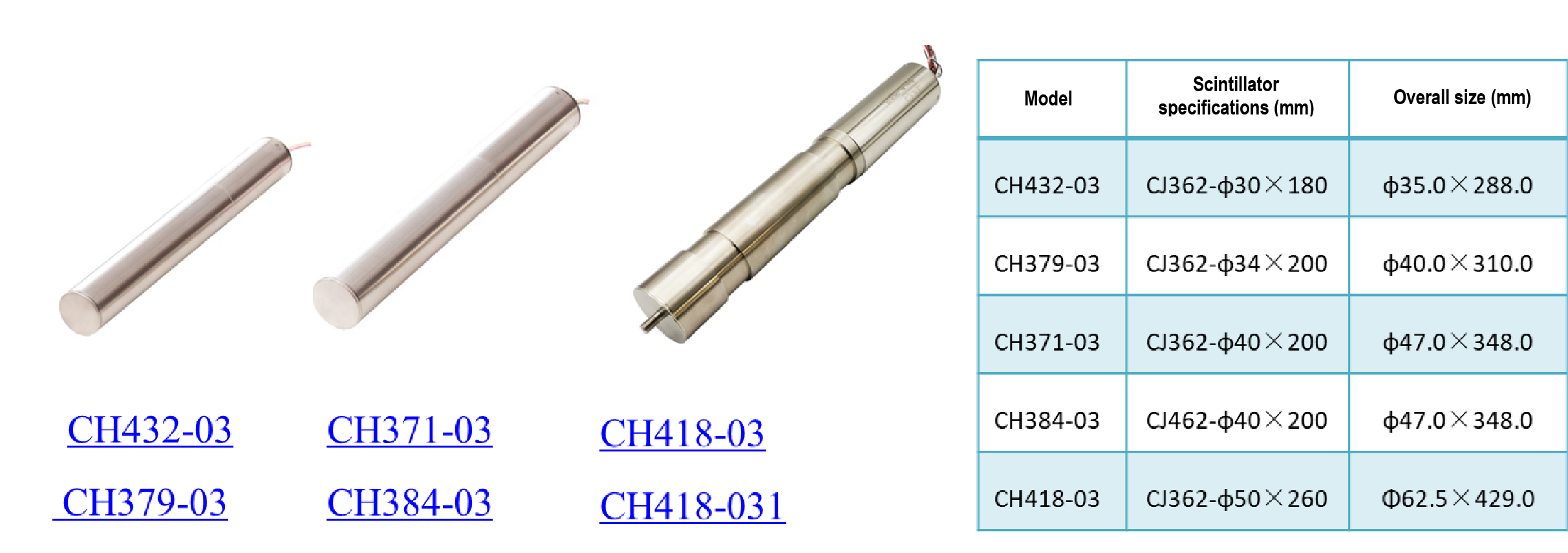
Figure 2. Gamma counting high temperature scintillation detector
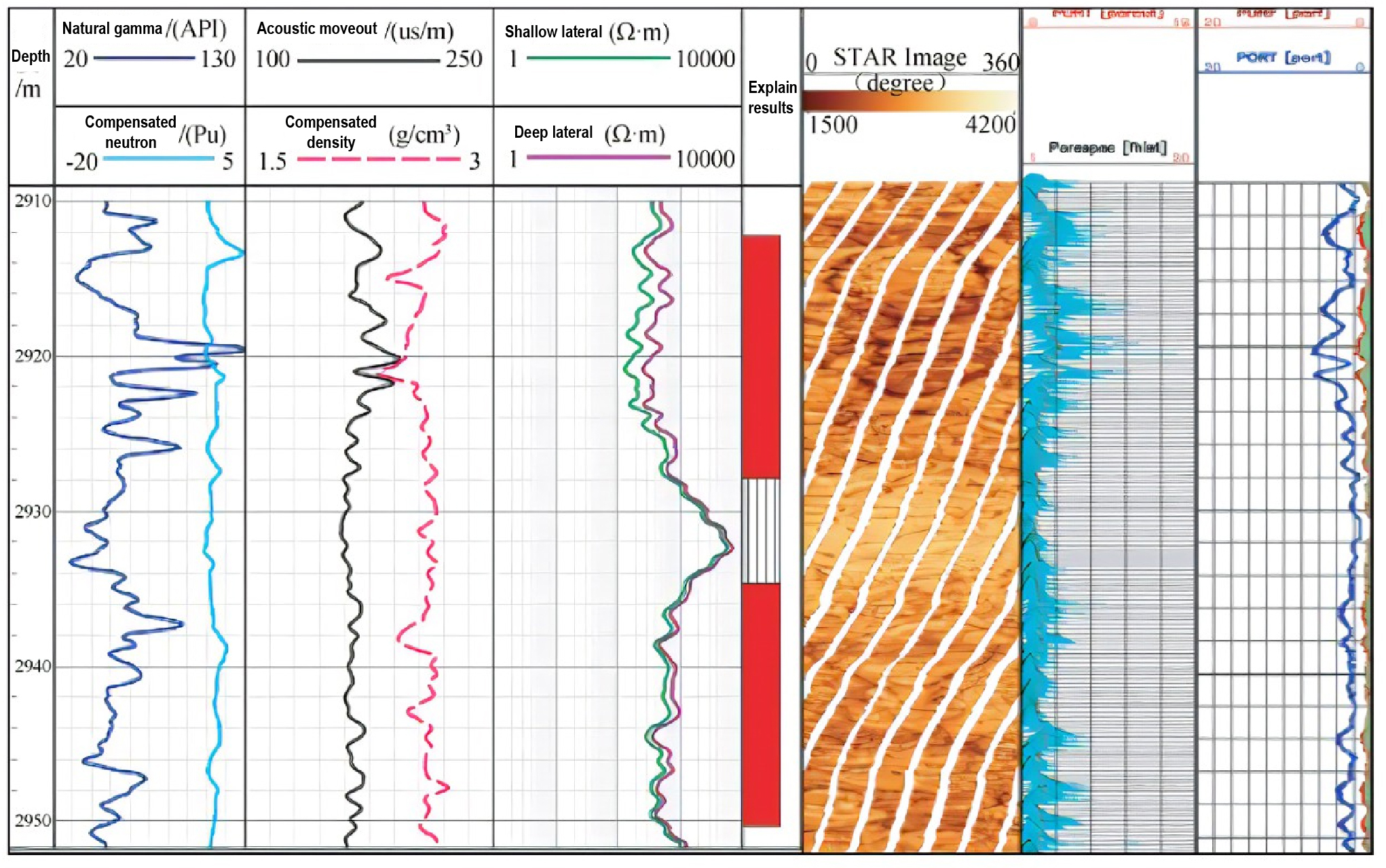
Figure 3. Logging curve (Including natural gamma curve)
② Application II-Evaluation of Source Bed
The natural gamma spectrum logging developed on the basis of gamma counting can quantitatively measure the contents of uranium, thorium and potassium in the stratum by using the energy spectrum analysis method, and also give the total gamma radioactivity intensity of the stratum. Figure 4 is the schematic diagram of typical natural gamma spectrum curve. Therefore, natural gamma spectrum logging can solve more geological problems in exploration and reservoir development.
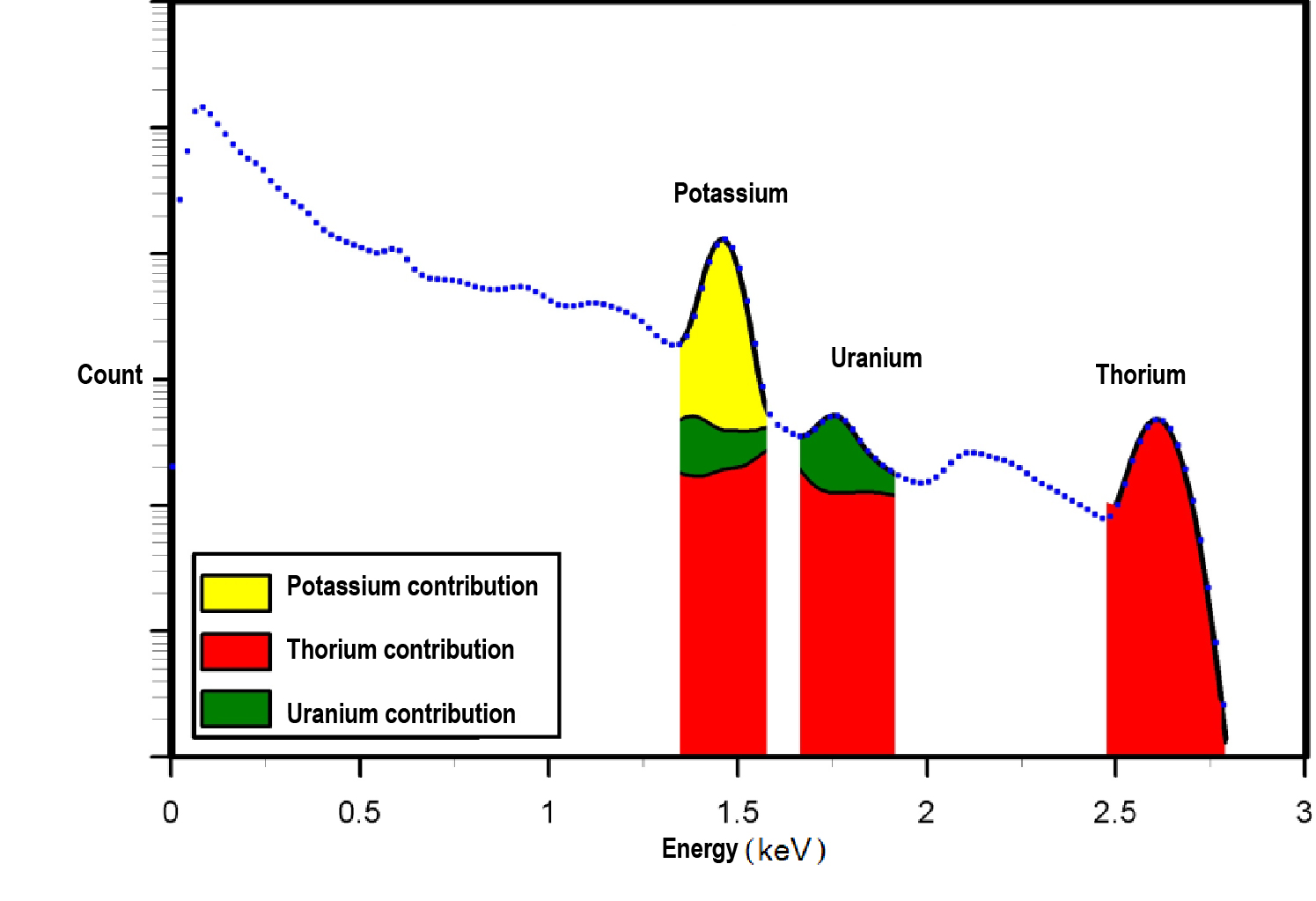
Figure 4. Schematic diagram of typical natural gamma energy spectrum curve
Organic matter in nature come from aquatic organics on the one hand and from terrestrial plants on the other. It has affinity for uranium. Although the mechanism of this affinity is still being studied, this affinity makes a clear correlation between organic matter and uranium content.
A large number of studies show that organic matter in stratum rock plays an important role in uranium enrichment, so natural gamma spectrum logging can be used to trace the source bed and evaluate the oil generation capacity of the source bed in the longitudinal and horizontal directions[3]. Figure 5 is the correlation logging curve.
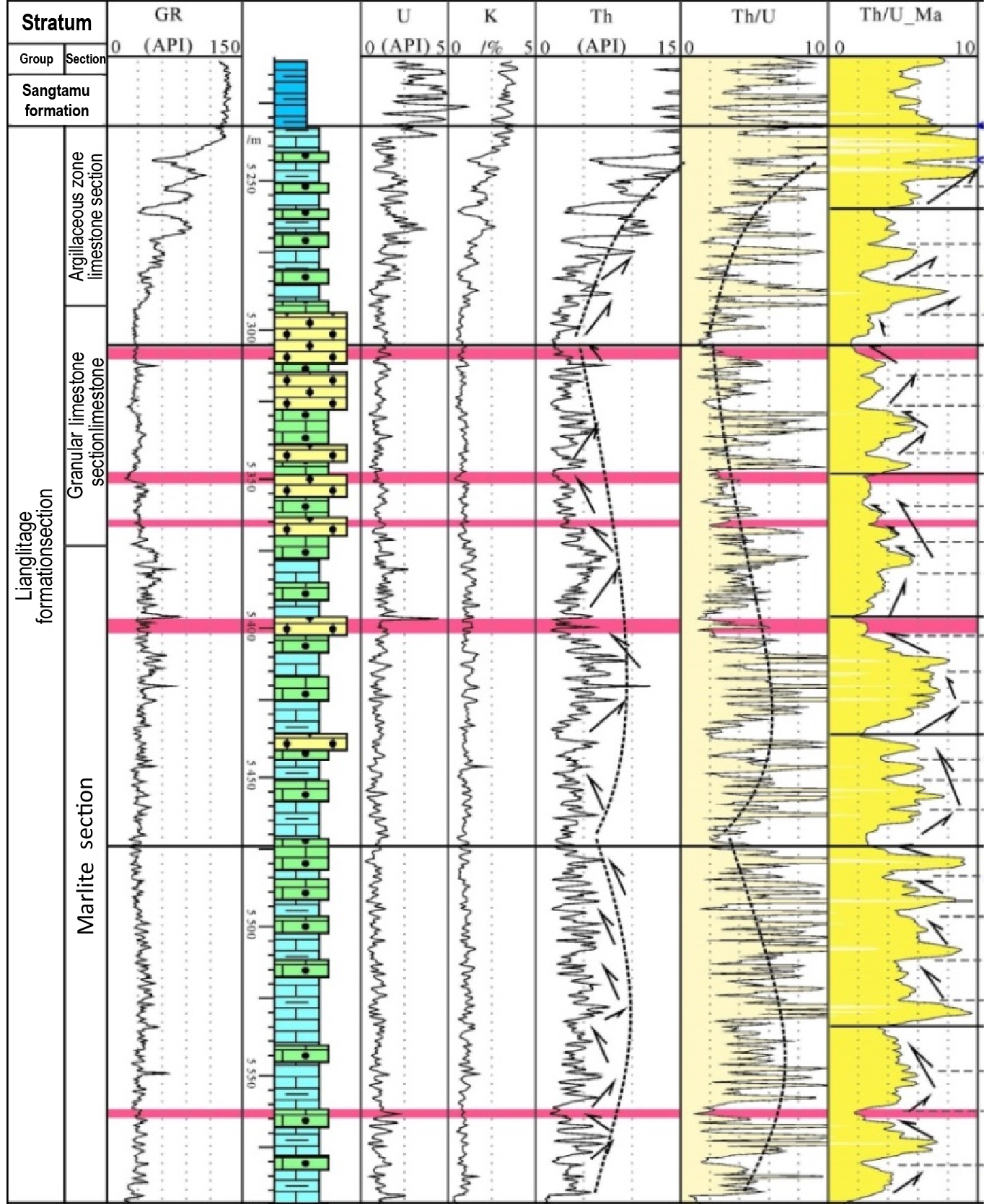 Figure 5. Logging curve (Containing natural gamma energy spectrum test data)
Figure 5. Logging curve (Containing natural gamma energy spectrum test data)
③ Application III - Identification of Boundary
Azimuthal gamma logging is the gamma imaging map of different azimuth sectors of the whole borehole with the rotating scanning of the downhole drilling tool, that is, a gamma imaging logging technique with higher logging accuracy. In the past, the installation position of the high temperature scintillation detector in the measuring instrument while drilling was more than 10 meters away from the drill bit, the oil-yielding stratum can be judged after the bit drilled into the oil-yielding stratum for a dozen meters, and the data transmission to the ground was obviously delayed, which led to the slow decision-making of geological orientation, more out of layers and low drilling rate. At the same time, after the bit drilled into the oil-yielding stratum, it was only possible to carry out exploratory drilling upwards or downwards, which made it difficult to judge the position of the oil-yielding stratum quickly and accurately and resulted in low drilling efficiency and long period, which affected the drilling rate and development effect of reservoir and restricted the efficient economic development of exploration.
The near bit measuring instrument is no more than 1m away from the bit, which can identify the position of the bit in the stratum in time, thus improving the target rate and reservoir drilling rate. Through the change of azimuthal gamma value, the upper and lower boundaries of the oil-yielding layer can be accurately judged and accurate geological orientation can be realized. At the same time, it can truly understand the working conditions of the bit and optimize the drilling engineering parameters. Figure 6 shows the measured results of downhole operation loaded with our high temperature detector, which can realize precise geological orientation.
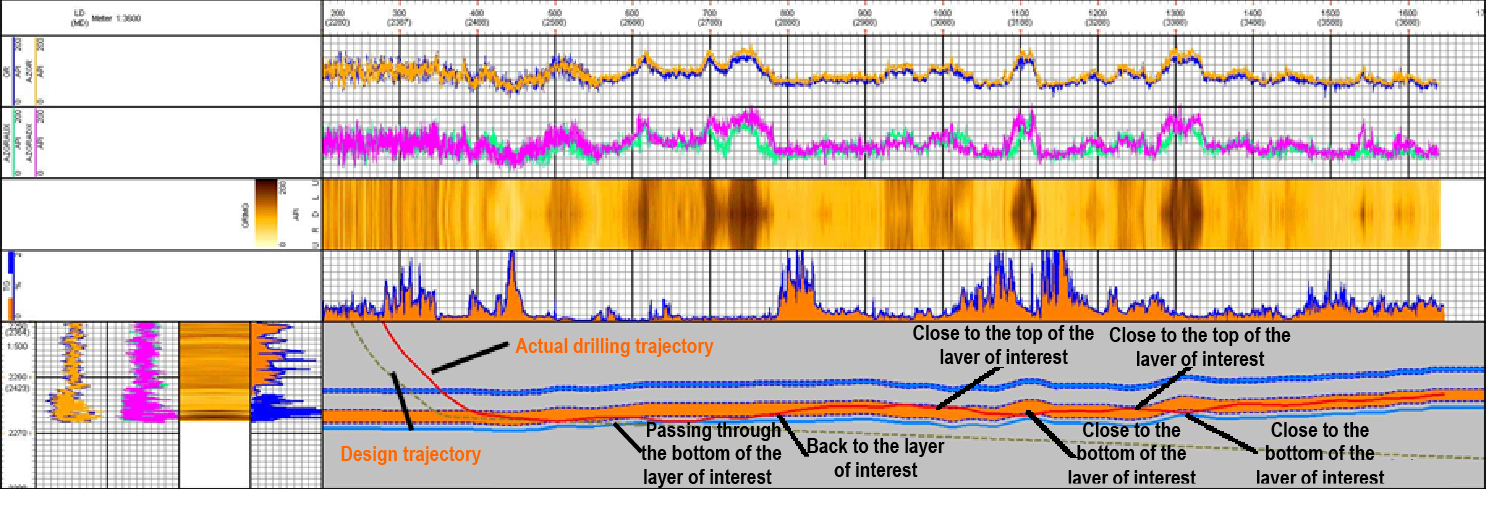 Figure 6. Geological orientation of azimuthal gamma logging
Figure 6. Geological orientation of azimuthal gamma logging
Near-bit geological orientation technology is visually called “greedy snake” technology. The bit is drilled in the oil layer like a eye, which can realize real-time transmission of gamma measurement data of drilling stratum orientation, more accurate geological orientation, timely discovery of the bit into the oil-yielding stratum, avoid side-drilling, ensure oil layer drilling rate, improve drilling speed, reduce drilling cost and have high cost performance. The products corresponding to this type of application is gamma counting LWD detectors, and the appearance of some products is shown in Figure 7.
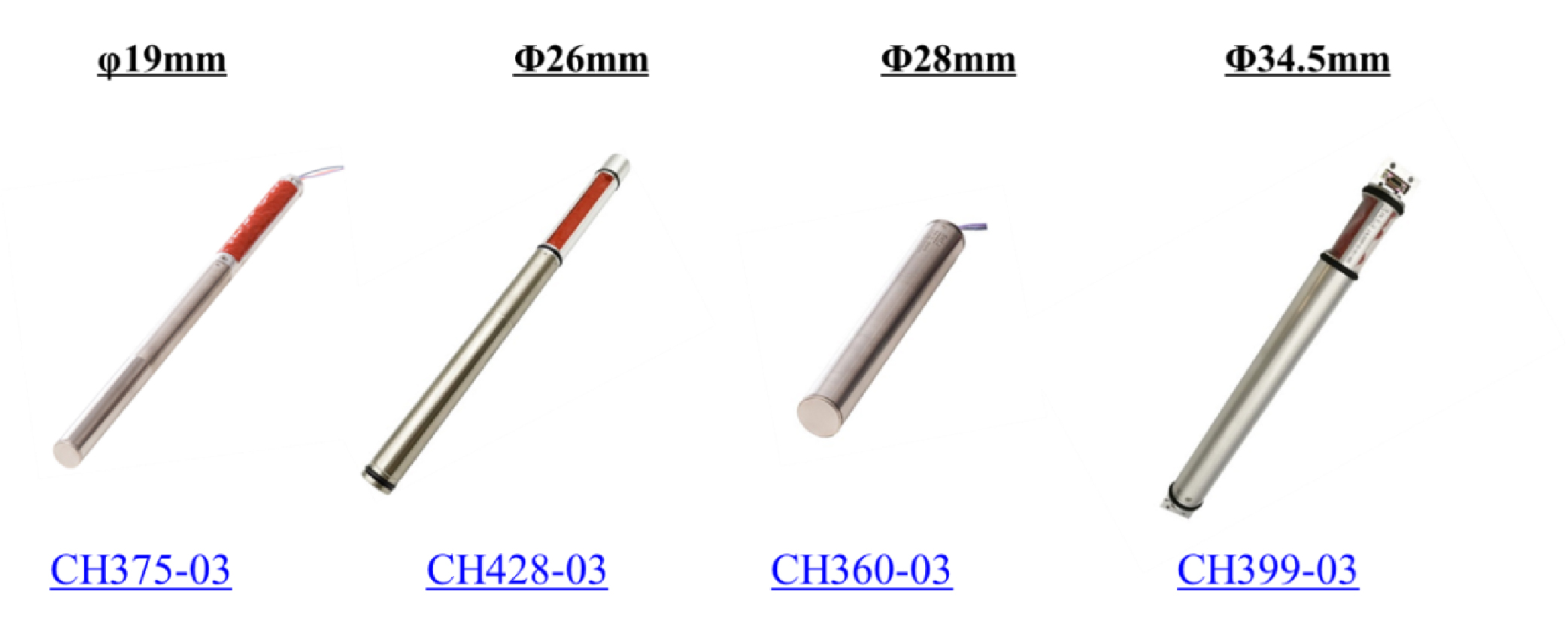 Figure 7. Counting LWD detectors
Figure 7. Counting LWD detectors
In addition to the above applications, Beijing Hamamatsu high temperature detectors can also be used in lithology density and stratum element analysis, which can almost cover most applications of nuclear logging. At present, there are more than 50 product specifications. Besides commonly used NaI(Tl), scintillators include BGO and LaBr3(Ce). In the aspect of circuit integration, it has been developed from the products in the early market that only contain voltage dividing circuit to the integrated detector products integrating high voltage power supply and signal processing circuit; In terms of temperature resistance, in addition to products resistant to 175℃ that have been matured in the market, we are also developing products with higher temperature resistance of 200℃ to meet the exploration needs of deeper wells in the future.
Since Beijing Hamamatsu self-designed high temperature scintillation detectors successfully entered the market in 2018, they has been loaded in the user logging instruments and commercially applied in Changqing tight oil, Jilin Oilfield, Sichuan Shale Gas, Tarim Deep Well, North China Oilfield and Qinghai Oilfield. During logging application, the high temperature detectors provide stable, reliable and accurate measurement data, support geological orientation and meet the site requirements. The products have been recognized by customers, and up to now, the cumulative sales are nearly 1,000.
References:
[1] Oil reservoir -- The “Implantation” of oil. https://www.cnpc.com.cn/syzs/yqcy/201406/f709b0e86d4e49bb9456c789d7f5ce6d.shtml
[2] Xu Baoqing, Wu Tairong, Tian Shuquan. Application of Natural Gamma Logging in Oilfield Development [J]. Fault-Block Oil Gas Field, 2002, 9 (5): 86-88.
[3] Huang Longji, Shou Xiangyun, Wang Ruiping. Principle and Application of Natural Gamma Energy Spectrum Logging [J]. Petroleum Industry Press, 1995,12:194.